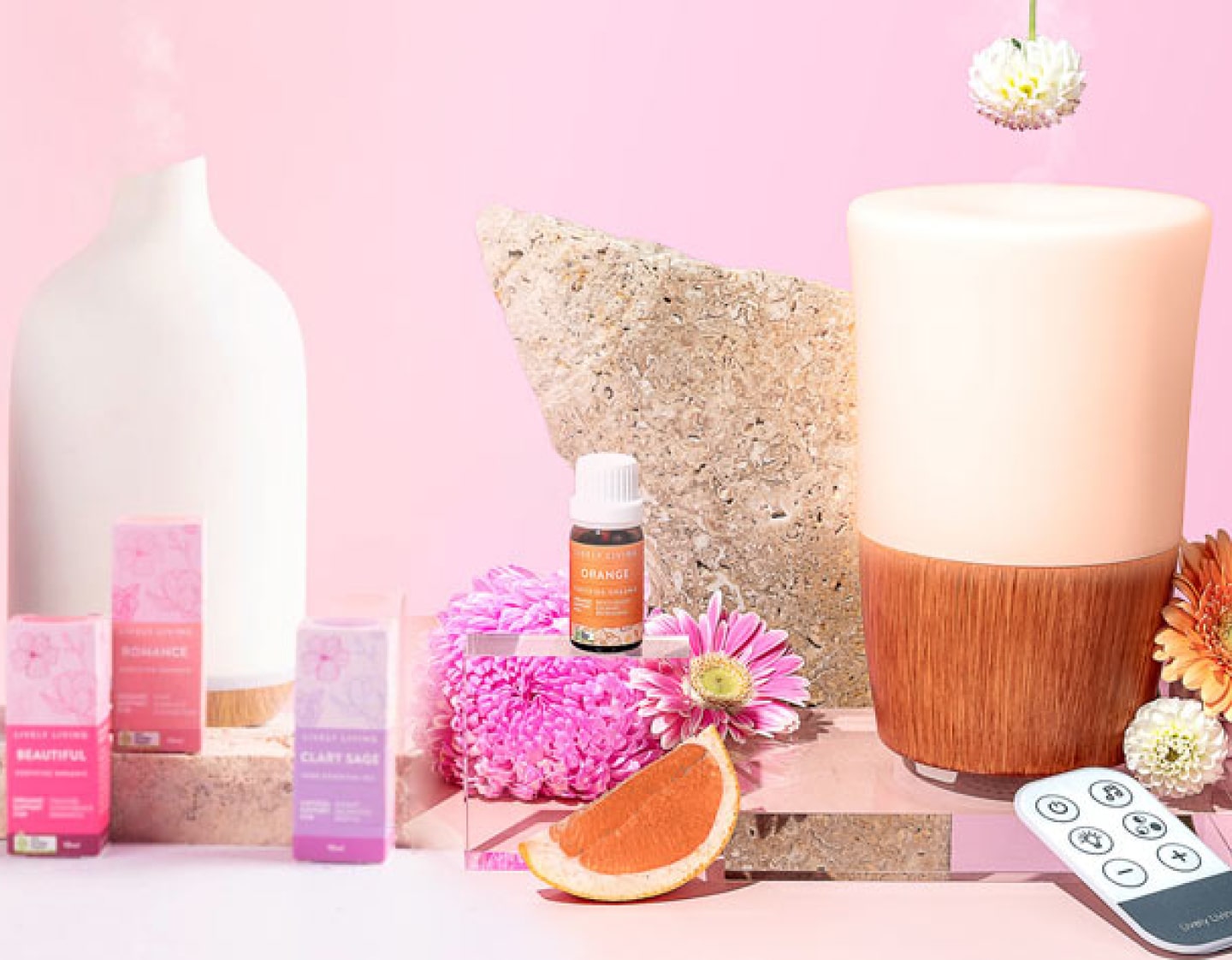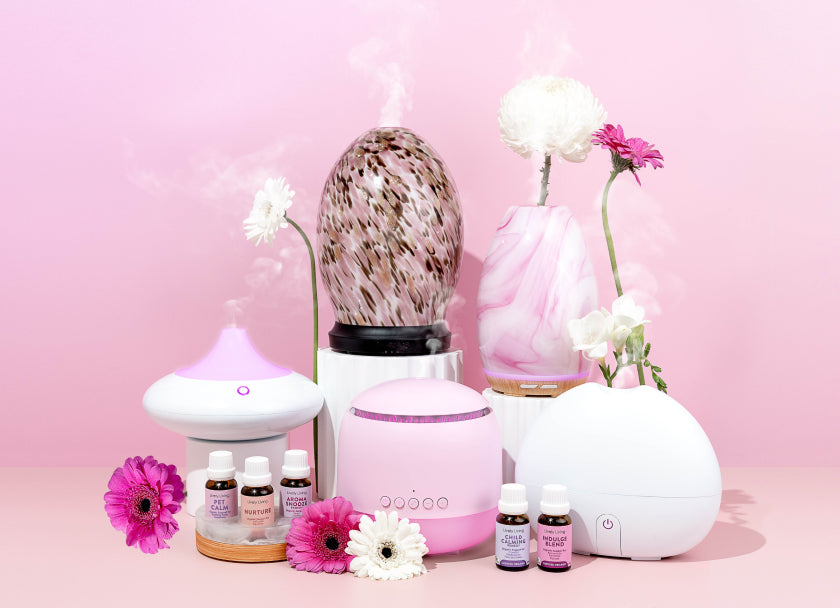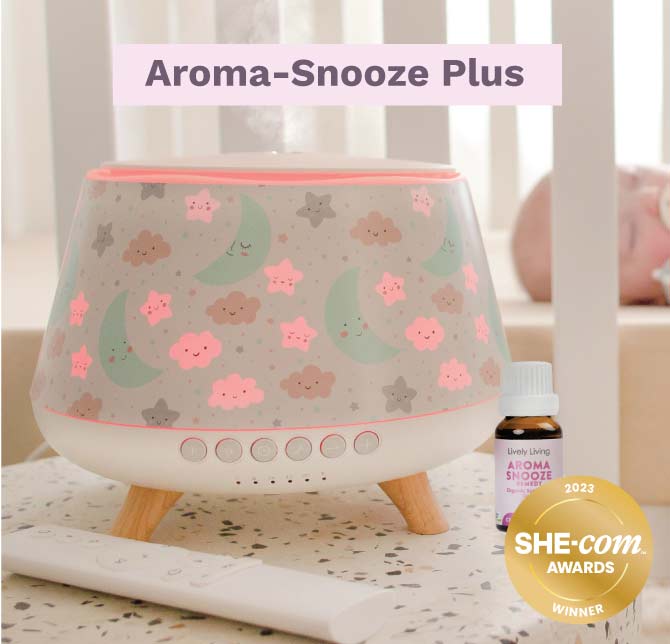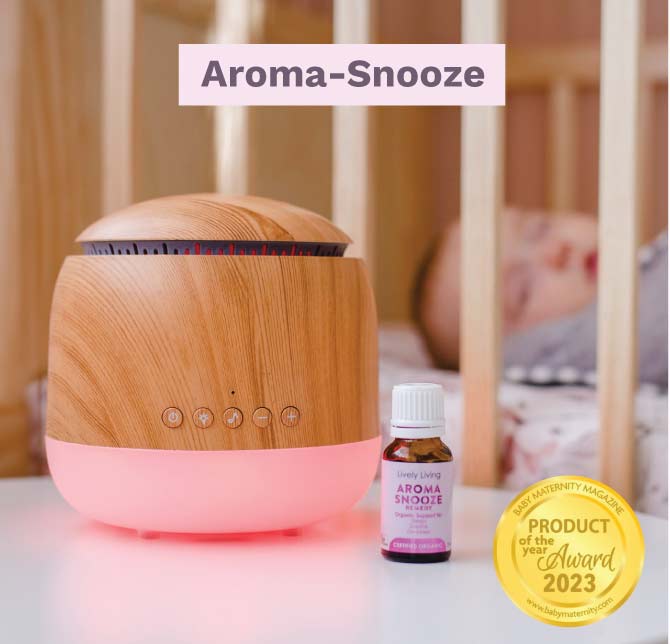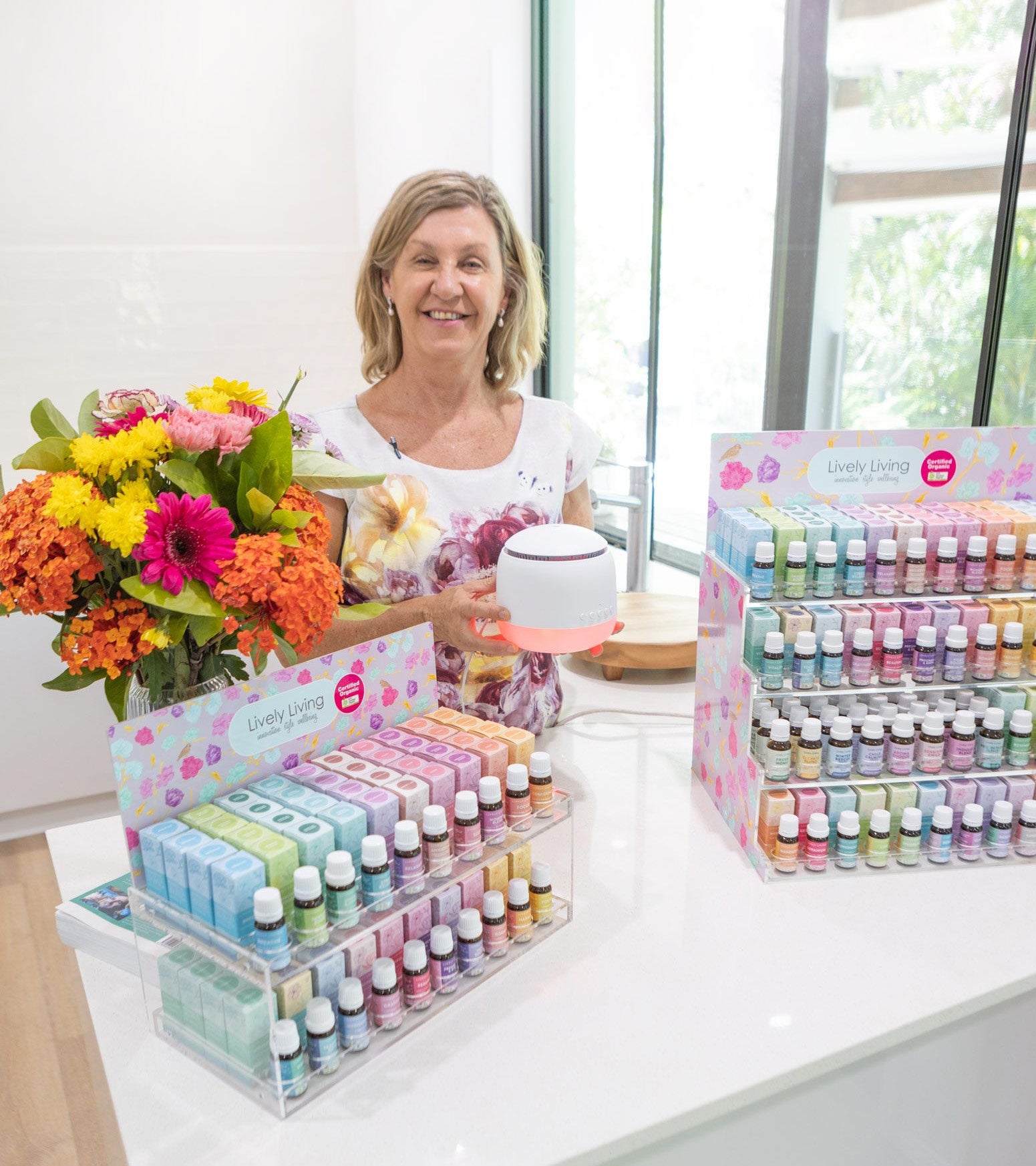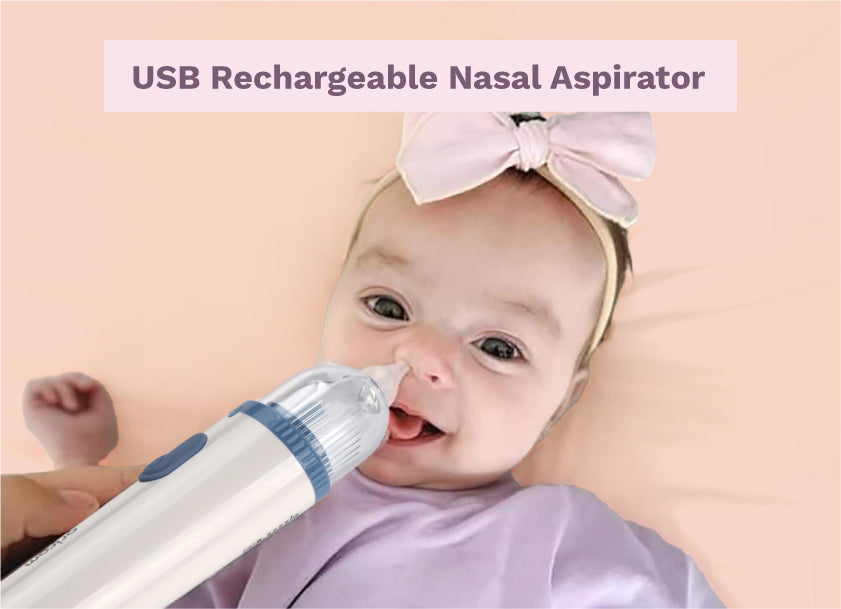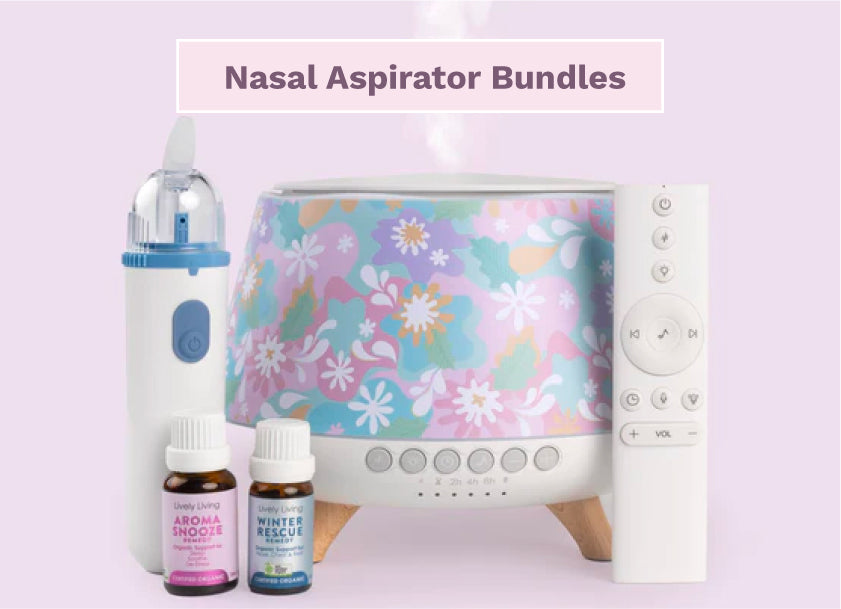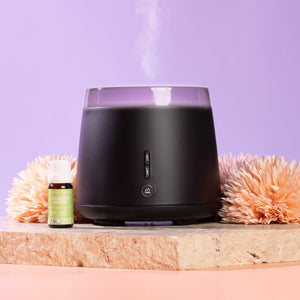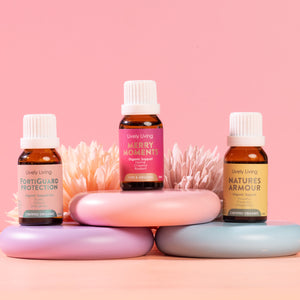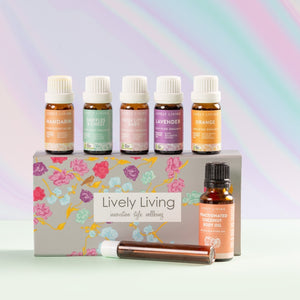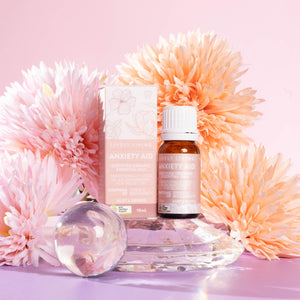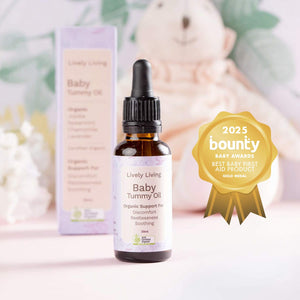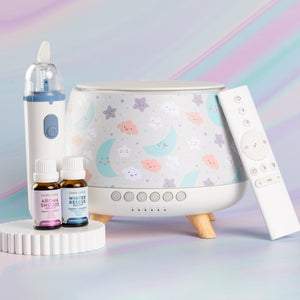Creating a Calming Environment for Infant Sleep: Tips
Figuring out baby sleep can feel like a giant puzzle, can't it? You've fed them, changed them, and rocked them, but peaceful slumber still seems miles away. Many parents quickly learn that mastering the art of Creating a Calming Environment for Infant Sleep can be a real game-changer.
This isn't about complicated tricks; it's about understanding what your little one needs. Creating a Calming Environment for Infant Sleep lays the groundwork for more restful nights for everyone, leading to good sleep for the entire household.
Table of Contents:
- Understanding Your Baby's Sleep Needs
- Key Elements of a Serene Nursery for Sleep
- Crafting a Bedtime Ritual for Sweet Dreams
- The Role of Scent and Creating a Calming Environment for Infant Sleep
- Reducing Stimulants Before Bedtime
- Your Own Calm: The Parental Influence
- Troubleshooting Common Sleep Environment Challenges
- Conclusion
Understanding Your Baby's Sleep Needs
Newborn babies dedicate much of their day to sleep, but their baby's sleep patterns are quite different from adult sleep. They shift between light, active REM (Rapid Eye Movement) sleep and deeper, quiet non-REM sleep phases more rapidly. These short sleep cycles mean they wake frequently, often every few hours, for feeds or comfort during the night.
As they mature, typically around three to six months, their sleep cycles begin to lengthen, and their baby's ability to connect these cycles improves, leading to more consolidated periods of sleep, especially overnight. Establishing a predictable bedtime routine aids your baby in recognizing cues for winding down, helping set their internal clock. The environment sleep occurs in plays a crucial role; a quiet, comfortable, and consistent sleeping space powerfully signals that it's time for rest, helping them stay asleep and achieve good sleep, even during nap times.
Creating a safe sleep environment means establishing a space where your baby feels protected and secure; this is the foundation of quality baby sleep. From an infant's view, the external world is bustling with activity, noise, and light. A serene nursery room, their personal sleep sanctuary, offers a tranquil escape from this constant stimulation, promoting the relaxation necessary for them to fall asleep and for sleep babies to remain asleep.
Babies prefer consistency, and a familiar, calming sleep environment helps them understand what to expect, which can reduce anxiety around sleep time. The conditions for ideal sleep will support their natural sleep rhythms. Experts recommend focusing on these foundational elements for restful baby sleeping experiences.
Key Elements of a Serene Nursery for Sleep
Building the right atmosphere in the nursery room, transforming it into a sleep sanctuary, doesn't have to be complicated. A few thoughtful choices regarding the sleep environment can make a big difference in how well your baby falls asleep and stays asleep. These elements work together to soothe your baby and support their developing sleep habits.
Let's look at what really matters for crafting the ideal sleep for your little one. We will explore light, sound, temperature, and the crib itself. Each component contributes to a safe and peaceful baby's sleep environment.
Light: The Darkness Dictator
Light significantly influences our internal body clocks, also known as circadian rhythms. For infants, a dark room promotes sleep by signaling their brains to produce melatonin, the hormone governing sleep-wake cycles. Therefore, minimal light exposure in the baby's room is beneficial for both nap times and a full night's sleep, making it a critical part of the ideal sleep environment.
Blackout blinds or heavy, dark-colored curtains are an excellent addition to the nursery room. These can effectively eliminate external light sources, like streetlights, car headlights, or early morning sunlight, which might otherwise disturb your baby's sleep or cause them to wake frequently. Aim for the darkest possible environment during sleep periods, as this fosters an ideal sleep setting; you want it so dark you can barely see your hand in front of your face.
During waking hours, ensure your baby gets plenty of natural light exposure, which helps regulate their circadian rhythm and reinforces the difference between day and night. If illumination is necessary for nighttime care, such as feeding or diaper changes, opt for a very dim, warm-hued night light, preferably red or amber, as these colors are less disruptive to melatonin production than blue or white lights. Steer clear of bright overhead fixtures or blue-spectrum lights from phones or tablets, as these can disrupt their ability to fall asleep or stay asleep, effectively signaling to their brain that it's daytime.
Sound: The Soothing Symphony (or Silence)
While some infants can sleep through typical household sounds, others are more sensitive and easily disturbed by sudden noises. A consistent auditory backdrop, such as that from a noise machine, can be very beneficial for a baby's sleep. A white noise machine is particularly popular because it produces a steady stream of gentle sounds, effectively muffling abrupt noises like doors shutting, dogs barking, or older siblings playing, which might otherwise wake frequently sleeping babies.
Various forms of constant, low-level sound exist beyond traditional white noise; some parents find pink noise or brown noise, which are deeper and often perceived as more soothing, to be effective. Experts recommend that the white noise provide a comforting ambiance, keeping the volume of the white noise machine low – generally comparable to a soft shower, or around 50 decibels – and positioning it at a safe distance (at least seven feet) from the baby bed. The noise provide should be a consistent background hum, not a distraction; too much volume can be detrimental to an infant's delicate hearing.
Soft lullabies or soothing classical music might suit some infants, particularly as part of the wind-down process during the bedtime routine. However, continuous music throughout the night could hinder a baby's ability to learn to self-soothe and fall asleep in quieter conditions, as they may become dependent on the music to sleep. Ultimately, some babies prefer near silence for their ideal sleep, and this preference should be respected for their baby's sleep environment; observe your baby to see what helps them baby settle best.

Temperature: The Comfort Zone
Sleeping comfortably is challenging if you're too warm or too cool, and babies experience this same sensitivity to their body temperature. The ideal baby's room temperature for an infant generally falls between 68 and 72 degrees Fahrenheit (20 to 22 degrees Celsius). Maintaining this cool temperature range is comfortable and also crucial for safe sleep, as it helps lower the risk of Sudden Infant Death Syndrome (SIDS), sometimes referred to as sudden infant death or, more broadly, infant death syndrome.
The risk overheating presents is serious, so it's vital to ensure your baby is dressed appropriately in lightweight, breathable baby clothing for sleep; natural materials like cotton or bamboo are excellent choices. Avoid the urge to bundle baby excessively, as this can dangerously elevate their body temperature. A wearable blanket or sleep sack is a safer alternative to loose blankets, which can pose suffocation hazards and contribute to overheating; this is a cornerstone of a safe sleep environment.
To check if your baby warm enough, feel their neck or tummy rather than their hands or feet, as extremities often feel cooler to the touch. Signs of overheating include sweating, flushed skin, or rapid breathing. Conversely, if a baby is too cold, they might be fussy or have cool skin. Adequate air circulation, perhaps from a gently oscillating fan not pointed directly at the baby, contributes to a stable and comfortable room temperature. Consistency in the thermal environment is paramount, so strive to prevent drastic temperature fluctuations in the nursery room to help your baby sleep soundly and safely.
The Crib: A Safe Haven
The baby bed, or crib, should be the safest place for your infant, dedicated exclusively to sleep and designed to be a true sleep sanctuary. Safety in this sleeping space is non-negotiable, starting with a firm, flat mattress that fits securely within the crib frame. There must be no spaces, not even small ones, between the mattress and the crib sides where a baby could become entrapped or injured.
Adhere to safe sleeping guidelines rigorously by keeping the crib devoid of soft items such as pillows, loose blankets, quilts, comforters, sheepskins, bumper pads, and stuffed toys. While these may seem cozy or cute, they significantly increase the risk of suffocation, strangulation, and Sudden Infant Death Syndrome. The American Academy of Pediatrics and other child safety organizations recommend only a fitted sheet on the mattress; the safest place for your baby sleeping is an empty crib, free from any potential obstructions to their breathing.
Always place baby on their back to sleep for every sleep, whether it's nap times or for a full night's sleep; this is the recommended sleep position to significantly reduce the risk of SIDS. This practice should be followed until the baby is at least one year old. Additionally, verify that your crib adheres to current safety regulations, information typically available through the Consumer Product Safety Commission (CPSC). A secure sleep environment offers reassurance for parents and a protected area for your baby to rest and achieve good sleep.
Crafting a Bedtime Ritual for Sweet Dreams
Infants flourish with predictability, and a well-established bedtime routine is a powerful tool. A consistent sequence of events before bedtime helps them anticipate that sleep time is near, signaling to their body and mind to prepare for rest. This regularity in your approach to Creating a Calming Environment for Infant Sleep can markedly lessen bedtime struggles and help baby settle more easily into slumber.
The bedtime routine doesn't need to be lengthy or complex; its effectiveness lies in being calming, consistent, and predictable, performed in the same order each night. Initiate this sequence about 20-45 minutes before your desired time for your baby to be asleep. A warm bath can be an excellent starting point, as the sensation of the water is often very soothing and the subsequent slight drop in body temperature can promote sleepiness.
Following the bath, gently dry your baby and dress them in their pajamas and a sleep sack if that's part of your baby clothing choice. A gentle massage with baby-safe lotion can be a deeply connecting and calming activity; use slow, soft strokes while talking quietly. Reading a story, even to very young infants, introduces them to linguistic rhythms and offers a quiet, focused interlude, promoting a peaceful transition to a good night's sleep.
Singing a soft lullaby or speaking in hushed tones can also enhance this special pre-sleep period. The objective is to maintain low-key, soothing activities that gently guide your baby as they fall asleep. A widely shared recommendation is to place baby in their crib when they are drowsy but still awake; this practice is foundational as babies learn to self-soothe and fall asleep independently, a crucial skill for long-term healthy sleep habits and for them to stay asleep longer.
The Role of Scent and Creating a Calming Environment for Infant Sleep
Many associate a calming environment with pleasant aromas, which is understandable for adults as scents can influence mood and relaxation. However, extreme caution is necessary regarding infants and fragrances, particularly essential oils, within their sleep sanctuary. Their developing respiratory systems are highly sensitive, and potent smells can be irritants or even harmful to their health.
Most pediatric experts advise against the direct application of essential oils on infants or diffusing them in the nursery room, especially for those under three months of age, and often recommend avoiding them altogether for young babies. Certain oils may trigger respiratory issues, allergic reactions, or skin sensitivities. Consulting your pediatrician is vital before introducing any scent, even from natural materials, into your baby's sleep environment, as their systems are still maturing and more vulnerable.

Should your pediatrician approve the use of a very mild scent for an older baby, it must be exceptionally gentle and used indirectly. For example, a parent might place a minuscule drop of a gentle, baby-appropriate oil like lavender on their own attire some time before holding the infant. Never apply oils directly to a baby's skin, baby bed, or bedding; the aim is a subtle hint, not a discernible perfume, as even natural materials can cause adverse reactions.
A more prudent approach to scent for promoting calm involves ensuring the baby's room smells clean and fresh. This means keeping it free from strong cooking smells, tobacco smoke, chemical fumes from new furniture or paint, and artificial air fresheners, which can also act as irritants. Often, the absence of any distinct smell is best for an infant's sleeping space. If using a diffuser for humidity, plain, distilled water is the safest option for your baby's sleep environment.
Reducing Stimulants Before Bedtime
Similar to adults, infants require a period to unwind before sleep; their baby's ability to transition smoothly to sleep depends on this. Excessive excitement, stimulation, or activity near bedtime can impede their ability to settle and fall asleep, potentially leading to a more difficult bedtime. Reflect on their evening activities and identify potential stimulants; creating a calm hour before initiating the bedtime routine can significantly improve the transition to sleep and help baby settle.
This involves curtailing vigorous, ticklish play or highly interactive games as bedtime nears. While joyful laughter and active engagement are wonderful, energetic activities like chasing games or peek-a-boo are more suitable for earlier parts of the day. As sleep time approaches, transition to more tranquil engagements, such as looking at picture books together, enjoying quiet cuddles on the sofa, or listening to soft music, to facilitate a peaceful state.
Screen exposure is another considerable factor to manage, as the blue light emitted from screens can suppress melatonin production. Even television playing in the background can be overly stimulating for an infant's developing brain due to the flickering lights and abrupt sound changes. Instituting a screen-free interval of at least an hour before bed for the entire household can foster a more serene and conducive atmosphere for baby's sleep and improve the quality of their night's sleep.
Your Own Calm: The Parental Influence
Infants are remarkably attuned to their caregivers' emotional states; they possess an incredible baby's ability to sense tension. They can detect your stress and anxiety. If you approach the bedtime routine feeling tense, agitated, or frustrated, your baby is likely to mirror these feelings, potentially becoming more unsettled and making it harder for them to fall asleep or stay asleep.
Developing strategies to manage your own stress is beneficial for your well-being and significantly impacts your baby's capacity to achieve good sleep. Practice taking a few calming deep breaths or a moment of mindfulness before commencing the bedtime ritual. If you feel overwhelmed, it is perfectly acceptable to take a brief pause – if another caregiver is available to step in, or by placing baby safely in their crib while you step away for a moment to recenter yourself and regulate your emotions.
Prioritizing your self-care allows you to provide better, more patient care for your infant; it is a necessity, not an indulgence. A composed, calm parent often has a co-regulating, calming effect on a fussy baby, facilitating a more peaceful journey to sleep. This parental calm is an often-overlooked but vital part of the ideal sleep environment, influencing how quickly baby settling occurs.
Troubleshooting Common Sleep Environment Challenges
Despite careful planning for an ideal sleep environment, unexpected challenges can arise as life is inherently unpredictable and babies grow and change. If older siblings are present, their activity and noise might inadvertently disturb a sleeping infant, causing them to wake frequently. Consider scheduling their more boisterous play for times when the baby is awake, or use a white noise machine in the baby's room to help mask these sounds and assist the baby sleeping through them.
Travel can also disrupt your established sleep sanctuary and routines, making it difficult for your baby to fall asleep in a new place. Aim to recreate the familiar home environment as closely as possible by bringing items like their usual sleep sack, a portable white noise machine, and perhaps even a familiar sheet for the travel crib. Using a baby monitor can provide peace of mind. Maintaining the standard bedtime routine can offer significant comfort and predictability in unfamiliar surroundings, helping your baby settle.
Developmental leaps, growth spurts, or minor illnesses like colds can temporarily disrupt established sleep patterns, and it's common for parents to find themselves thinking it's a permanent setback. As babies age sleep needs evolve. If your baby consistently struggles with sleep despite your best efforts to create a calming environment, or if you have any concerns about their sleep habits or patterns, consulting your pediatrician is a crucial step. They can provide guidance, assess for any underlying medical conditions that might affect baby's ability to sleep, and discuss whether the current baby's room temperature or other factors might be contributing.
Conclusion
Mastering the art of Creating a Calming Environment for Infant Sleep is an ongoing process, not a singular achievement or a quick fix. It requires patience, keen observation of your baby's cues and preferences, and a flexible approach to meet their evolving needs as they grow. What proves effective for one infant, or what popular belief dictates, might require adjustments for another; each baby is an individual.
Remember that consistency in managing light exposure, the sound landscape, room temperature, and the soothing bedtime routine are your most powerful tools for good sleep. By diligently addressing these core elements of Creating a Calming Environment for Infant Sleep, you are doing more than just helping your baby achieve better sleep in the present. You are instilling healthy sleep habits and a positive association with sleep time that can benefit them throughout their lives, and this foundation helps sleep reduce future problems.
And, of course, when your baby sleeps well, it often translates to more restorative rest for the entire family, improving everyone's quality of life. This journey, while sometimes challenging, ultimately contributes to a happier, healthier household. Keep observing what helps your baby settle and adjust your approach as they grow, always prioritizing a safe sleep environment and the safest place for them to dream.

